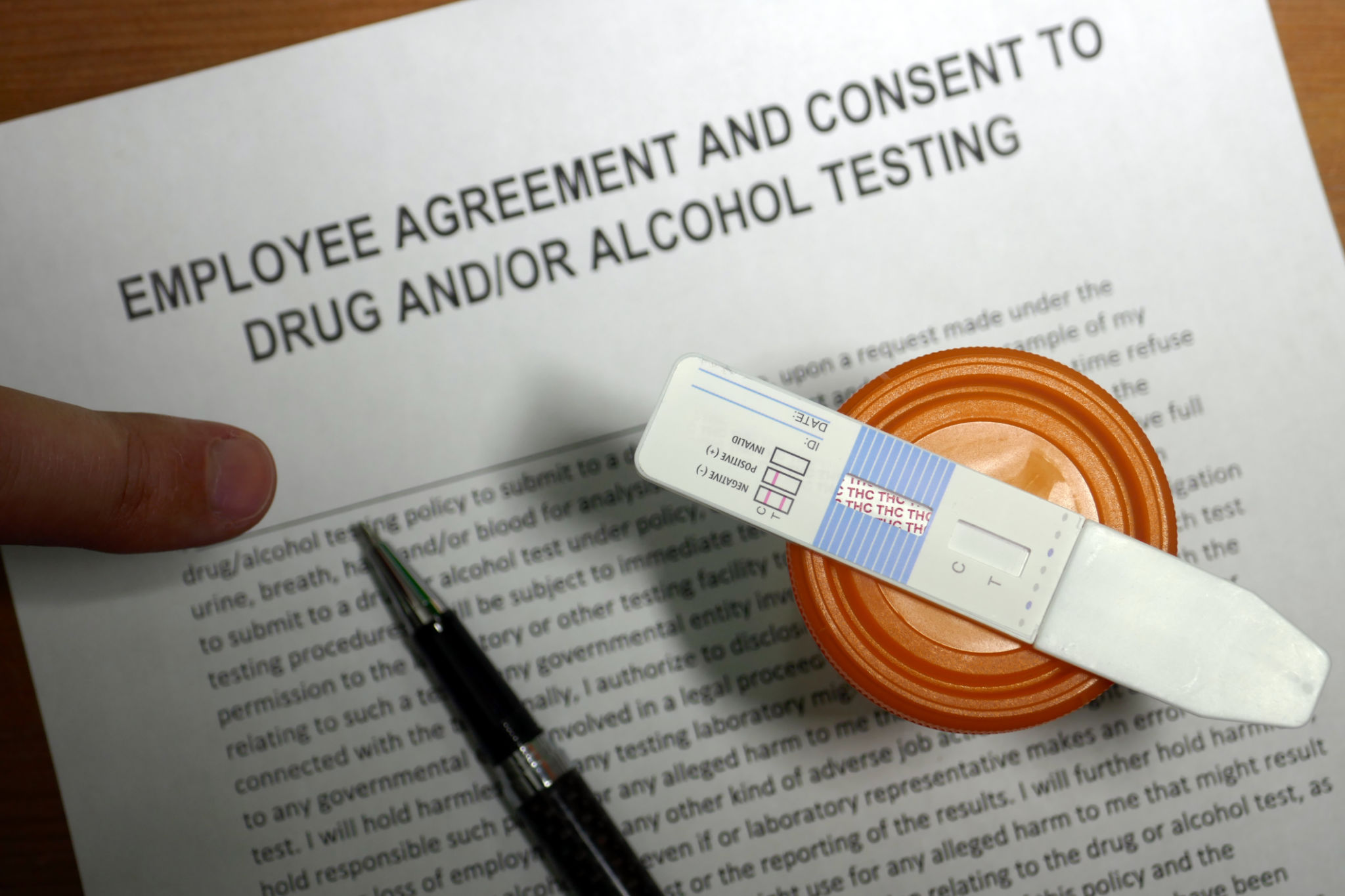Myths and Facts About Oral Specimen Collection for Drug Testing
Understanding Oral Specimen Collection
Oral specimen collection for drug testing has become increasingly popular due to its convenience and non-invasive nature. However, with its rise in use, numerous myths have emerged, leading to confusion and misinformation. In this post, we aim to dissect these myths and provide clear facts about the oral specimen collection process.

Myth: Oral Drug Tests Are Inaccurate
One common misconception is that oral drug tests are not reliable. The truth is that oral fluid testing is highly accurate and effective. Modern technology has advanced significantly, allowing these tests to detect recent drug use with precision. Oral drug tests have been validated in various studies to ensure their reliability.
Oral tests are particularly adept at detecting substances shortly after use, making them an excellent choice for determining recent consumption. The accuracy of these tests is on par with other conventional drug testing methods when conducted properly.
Fact: Oral Specimen Collection Is Non-Invasive and Quick
A significant advantage of oral specimen collection is its non-invasive nature. Unlike blood or urine tests, which can cause discomfort or require privacy, collecting an oral sample is straightforward and can be done in a few minutes. This makes it an ideal option for workplace testing or roadside checks where time and comfort are paramount.

Myth: Chewing Gum or Drinking Water Can Alter Results
Many believe that chewing gum or consuming water before an oral drug test can skew the results. While it's true that consuming food or beverages can temporarily alter the composition of saliva, it does not mask the presence of drugs. Testing protocols typically require a short waiting period after eating or drinking to ensure accurate results.
It's important to follow the pre-test instructions provided by the testing administrator to maintain the integrity of the sample.
Fact: Detection Window Is Shorter Than Other Methods
An essential fact about oral specimen collection is that its detection window is generally shorter than urine or hair tests. This method is most effective at identifying recent drug use, typically within 24-48 hours for most substances. This makes it less suitable for detecting long-term usage patterns but excellent for immediate detection.

Myth: Oral Drug Tests Can Be Easily Tampered With
Another myth is that oral drug tests can be easily tampered with or manipulated. In reality, due to the supervised nature of the collection process, the risk of tampering is significantly minimized. The test is performed under direct observation, reducing opportunities for interference compared to unsupervised urine tests.
The collection process ensures that the sample remains uncontaminated, providing accurate and trustworthy results.
Conclusion
In conclusion, oral specimen collection for drug testing offers a reliable and efficient alternative to traditional methods. By dispelling common myths and understanding the facts, individuals and organizations can make informed decisions about their drug testing protocols. As technology continues to evolve, oral fluid testing will likely play an increasingly vital role in maintaining safe and compliant environments.
